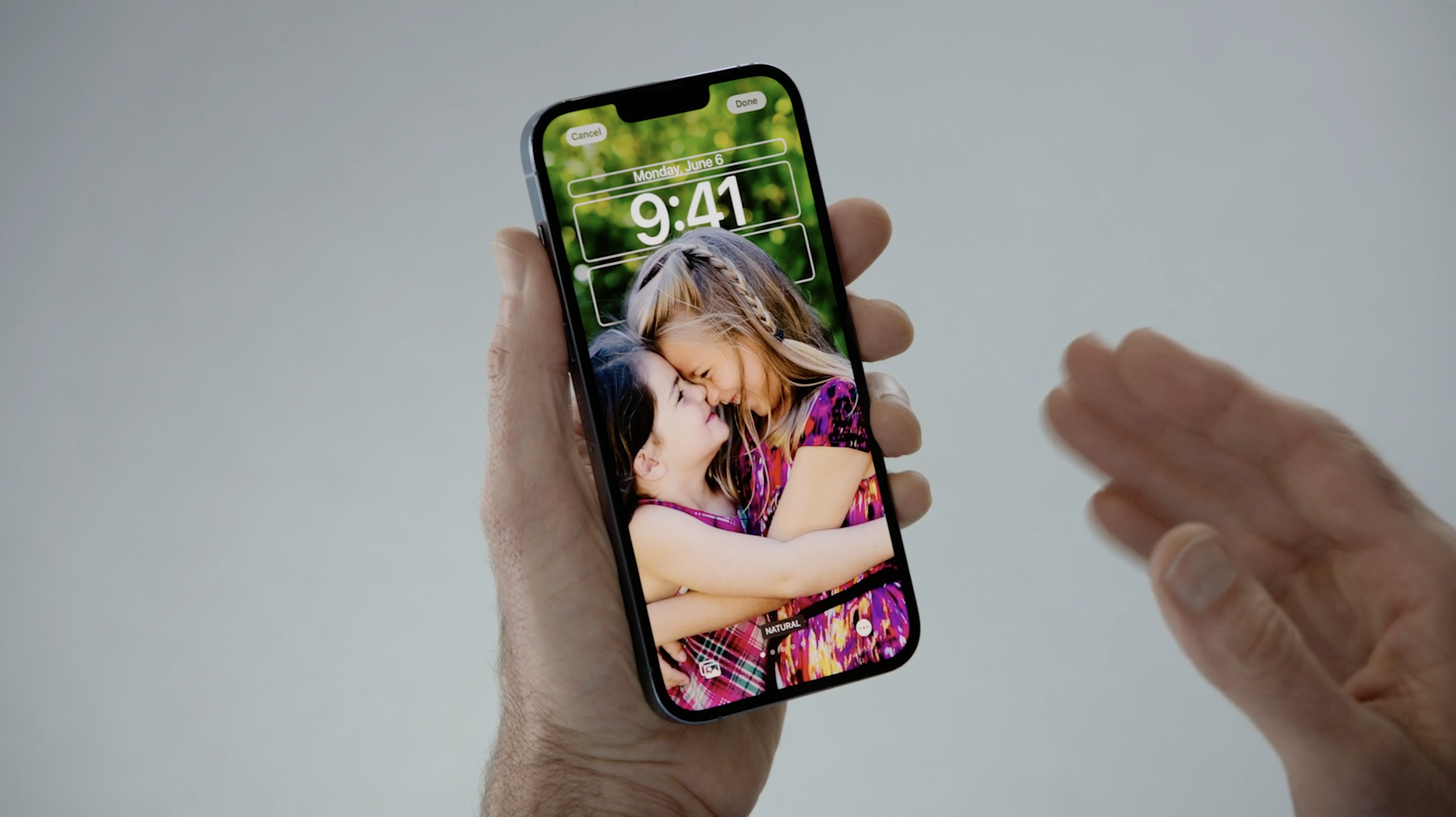iOS 16 just tipped always-on display for iPhone 14 Pro

We may have to wait for the iPhone 14 to unlock an always-on display feature, according to iOS 16 code found in the developer beta by 9to5Mac.
If you watched WWDC 2022 yesterday (June 6), you may have been waiting for Apple to announce an always-on display during the iOS 16 preview. While the look at the next version of Apple's iPhone software did touch on new lock screen features, improved sharing abilities and some new Apple Pay options, where oh where was the always-on display?
This has been a call heard many times from iPhone users in the years since Android phones first started using it. However now the previously un-modifiable iPhone lock screen has now been literally unlocked with iOS 16. Since we've also had an AOD option on the Apple Watch since the Apple Watch Series 5, it just feels like Apple's teasing us now.
There's an obvious answer to the question of where the heck the AOD is: it'll come with the iPhone 14. And the developer code findings support this.
The code strings of interest all refer to the iPhone's backlight, something that will be involved in making the always-on display work. Most telling of all, the code involves the iOS Springboard feature, the hidden app that runs the lock screen and home screen.
Apparently, this feature can be forced to work on an iPhone 13 running the iOS 16 beta for testing purposes. However, it's likely this feature will only be officially available for the iPhone 14 Pro only. It's expected to use the same variable 120Hz refresh rate as the iPhone 13 Pro, but with the new iPhones, it will reportedly have the option to drop to 1Hz instead of the minimum 10Hz on the iPhone 13 Pro. That would let an always-on display for the iPhone operate at the highest possible efficiency, just like the Apple Watch does.
As long as Apple doesn't overcomplicate its always-on display, we're looking forward to the iPhone finally catching up to Android here. It's just a shame we didn't see more changes to the way iOS notifications work, as that would really help the lock screen be more welcoming when you wake up the iPhone, rather than a potential assault of apps wanting your attention.
Get instant access to breaking news, the hottest reviews, great deals and helpful tips.

Richard is based in London, covering news, reviews and how-tos for phones, tablets, gaming, and whatever else people need advice on. Following on from his MA in Magazine Journalism at the University of Sheffield, he's also written for WIRED U.K., The Register and Creative Bloq. When not at work, he's likely thinking about how to brew the perfect cup of specialty coffee.
